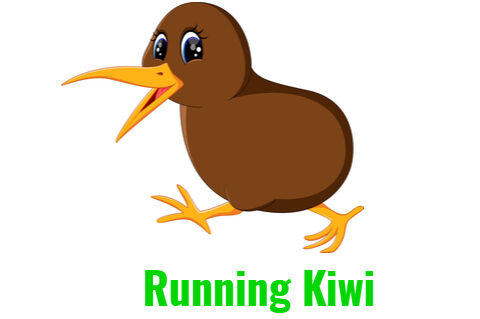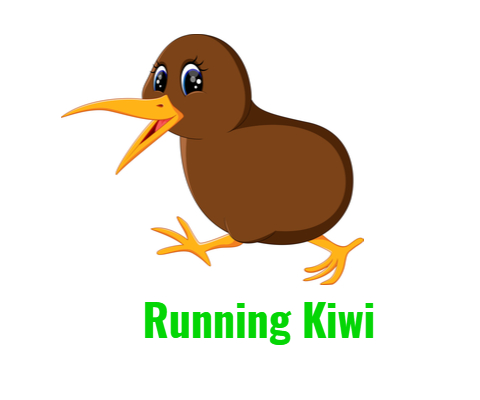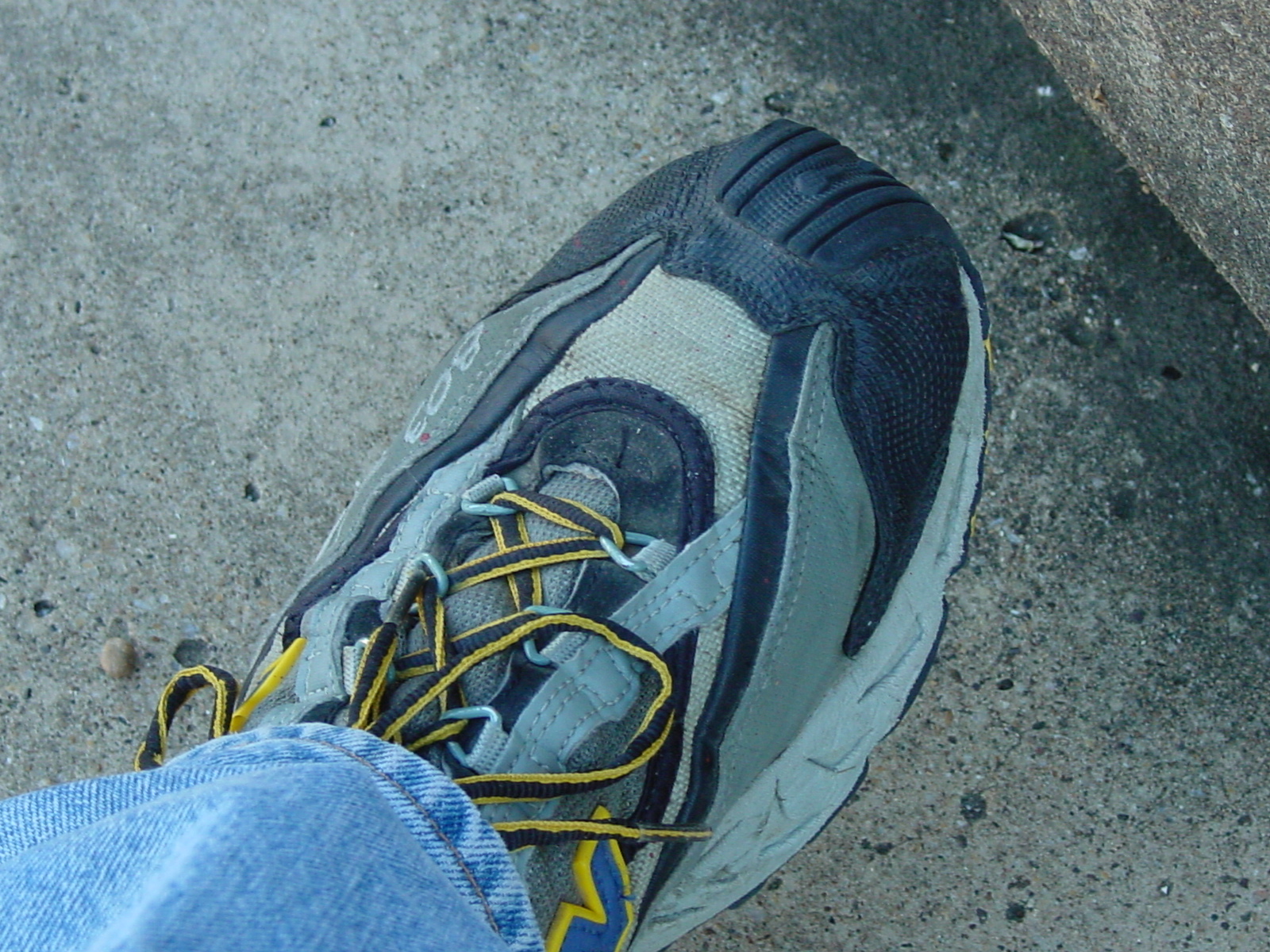How long should I run for? What is the best time of day to run? Are there any benefits to running in the morning? These are all questions runners might ask themselves, but don’t know who to turn too. Luckily, this blog post has answers! It is important that you research these topics before your next run so you can be confident about what you’re doing and get the most out of it.
How long should I run for
Your running length can vary depending on your experience level and training plan, but a good place to start is by running three times per week, with each run lasting around 30 minutes. As you progress, you can increase the distance and intensity of your runs.
What is the best time of the day to run
There are benefits to running at different times of the day, but some runners prefer to run in the morning. Running in the morning can help you start your day with a feeling of accomplishment, and it may also help you stay alert and focused during the day. However, if you’re not a morning person, you may prefer to run later in the day.
How often should I run a week?
How often you run a week can depend on your experience level and training plan, but it’s generally recommended that runners run three times per week. As you progress, you can increase the distance and intensity of your runs.
Are there any benefits to running in the morning?
There are a few benefits to running in the morning. One is that it can help you start your day off on the right foot. It can also give you some energy for the rest of the day. Additionally, running in the morning can help you get your workout done for the day and it’s a good way to get your metabolism going.
What kind of shoes do I need for running?
There is no one-size-fits-all answer to this question, as the type of shoes you need for running can vary depending on your experience level and running style. However, a good pair of running shoes should be comfortable and provide adequate support.
Can I eat before running?
Yes, you can eat before running, but you should avoid eating a lot. Eating a small snack about an hour before your run should be enough. Some good snacks to eat before a run include bananas, trail mix, and yogurt.
Should I run on the trace or the street?
There are benefits to running on both a track and the street, but some runners prefer to run on the street. Running on a track can be helpful for beginners because it’s a less challenging surface to run on. Additionally, tracks usually have mile markers so you can track your progress. However, running on the street can be more interesting and provide a greater challenge because there are more obstacles to navigate.
Should I add distance or speed?
- It seems a lot of people have different ideas about this. But I think distance is more worth it.
- Distance is one way to measure the total activity, but speed can also be a good goal for runners who are training for a race or another specific event. If you want some good training suggestions, ask your personal trainer! Remember that running “faster” isn’t always shorter in distance – some experts might recommend running four times per week with each run lasting 2 miles long, while others might recommend 40 minutes on the treadmill with an incline set at 3% and 1 mile per minute pace (total 6 miles). It’s important to find what’s best for you!
How fast should I be running?
There is no one-size-fits-all answer to this question, as the speed at which you should run can vary depending on your experience level and running style. However, a good place to start is by running at a pace that feels comfortable for you and gradually increasing your speed over time.
What should I wear when running?
When running, you should wear clothes that are comfortable and allow you to move freely. Some good options include shorts, a T-shirt, and a sweatband. You may also want to consider wearing sunscreen if you’re running outdoors, and bringing along water and snacks if you’re running for a long period of time.
What do I do if I get a side stitch?
If you get a side stitch, you can try the following tips to help relieve the pain:
-Breathe deeply and slowly
-Lean forward while keeping your back straight
-Massage the area around the stitch
-Drink water




